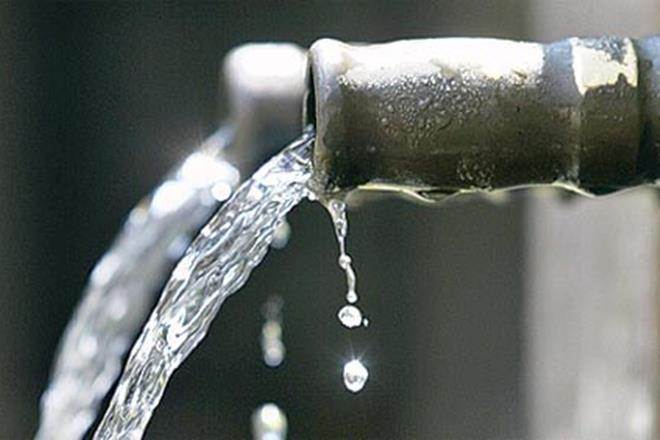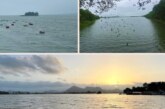By: Harsh Kumar Bhanwala |
Leveraging opportunities for efficient water management in Covid era.

Food, water, and shelter are core essentials, all these also figure in UN’s SDGs. The way the Covid-19 situation has been evolving, it appears that this fight is going to be a prolonged one. At least, till the quest for a vaccine fructifies, we must learn to live alongside the virus. We need to enhance immunity levels, promote cleanliness and a sanitised environment. The importance of nutritious food, safe and clean drinking water needs to be emphasised along with need for uncongested dwellings.
Water is a basic need, and in a Covid-19 situation it assumes a critical role in ensuring recommended hygiene protocols related to hand wash and clean drinking water. This will create an additional demand for water and put pressure on the already scarce availability. About 600 million Indians face acute water shortages and about 160 million people don’t have access to clean water. The need for efficient water management can be dovetailed as a critical agenda for post-Covid-19 reform.
In the current context, an enduring image that has remained etched in our minds is of the migrant workers travelling to their native homes. Most of them have gone back to states, which were already considered labour surplus, and apprehensions remain whether the local economy will have the necessary resources to absorb the influx. But, some of these states viz, Bihar, Jharkhand, Odisha, UP, MP, etc, also have a huge requirement for various developmental efforts. UN recently observed that “poor water infrastructure is a greater risk than the coronavirus”. Since agriculture uses close to 80% of freshwater, it is important to scale up investments on water-efficient irrigation, rainwater harvesting/conservation, management of village water sources, reuse of wastewater and promotion of water-prudent crops.
Many of the migrant workers have worked in construction sites, skills which can come in handy in creation of farm ponds, recharge structures, de-silting of water bodies, etc. Pradhan Mantri Krishi Sinchayee Yojana intends to increase the coverage of irrigation and water efficiency through ‘More crop per drop’ in a focused manner with an end to end solution on source creation, distribution, management, field application and extension activities. MGNREGA can be the fulcrum with a definitive role for Gram Panchayat for carving out a scheme, a critical component of which would be to identify prospective water bodies and sites and develop the command areas under the projects completed under PMKSY.
NABARD had run a successful water campaign in 1,01,569 villages in 2017 through a network of seven lakh village volunteers, more than 8,000 Krishi Jal Dhoots (KJDs) in 250 water-starved districts and master trainers. During the campaign, desilting/renovation of village water bodies, water harvesting structures, drainage improvement, afforestation, etc, were taken up by volunteers. Such an exercise at a much larger scale can be envisaged—village-wise resource maps can be prepared and key interventions identified, which have been used as inputs for preparation of area development schemes, state government development plans and also for designing appropriate interventions by the village communities.
In developed watersheds, further investments may be made for drought-proofing measures. The total developed watershed area in the country is estimated at 12 million hectares, and an investment of Rs 2,400 crore will be required over the next three years to bring 20% under extensive drought-proofing and water conservation. All these activities are labour intensive and provide gainful avenues for their engagement.
Studies have consistently found water savings of 30-60% and yield increases of 20-40% favouring drip irrigation over conventional methods. The coverage under micro irrigation up to 2016-17 was around 10 mha (DFI report 2018) against the estimated potential of 70 mha. Micro irrigation in all horticultural crops and in canal/tank irrigated areas may be promoted to bring at least 10 mha additional area under micro irrigation system over the next three years.
As more area comes in drip and sprinkler irrigation, there will be requirements of servicing these gadgets for which rural youth can be trained. This will also generate employment in rural areas. A suitable skilling programme targeted at rural areas can be launched. The current situation offers a huge opportunity to undertake a skilling programme targeted at agriculture and youth in rural areas.
The author is Chairman, NABARD. Views are personal.



